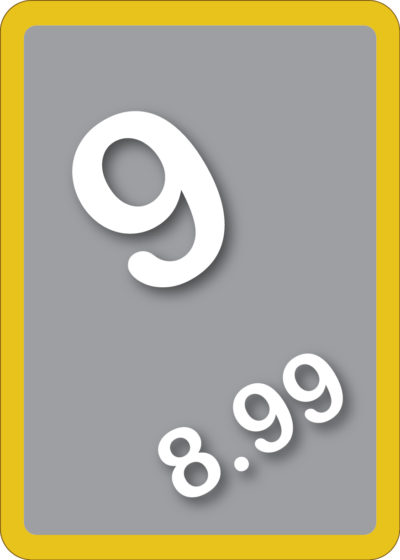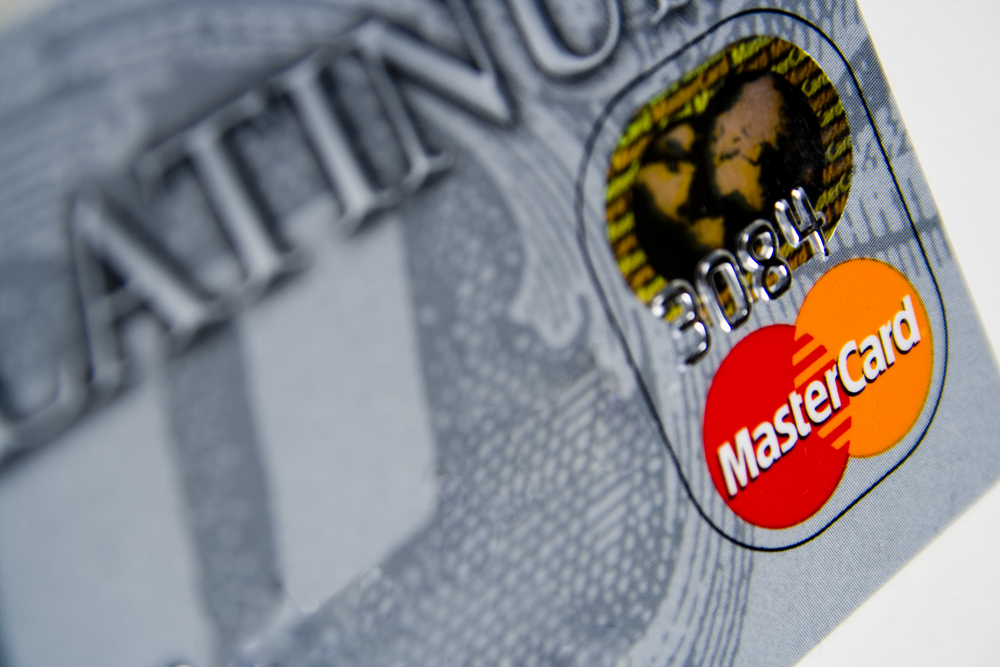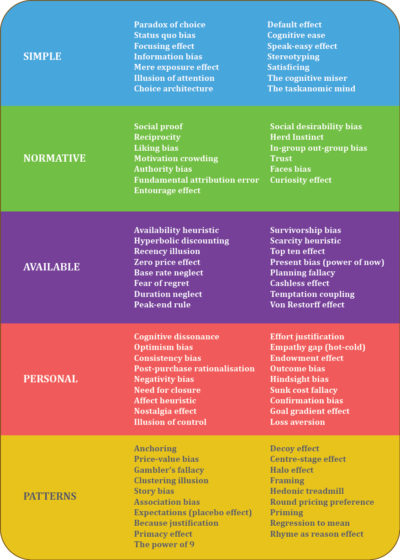In my last post on the psychology of money (click here), I looked at pricing through the lens of the SNAPP behaviour framework. I left out many examples due to time and space, especially under the theme of PATTERNS, where there are many well known examples of Framing and Priming of behaviour. In this article I will focus on some more examples of the importance of PATTERNS in human decision-making, especially in how the brain interprets pricing and value.
While the last post focused on the importance of expectations and the implications of the placebo effect for marketing, let’s now look at the framing of prices influences decision-making. Dan Ariely’s Economist subscription example is well known, so let’s look at work by Huber and Puto on the price of different beers (as well as other items) published in the Journal of Consumer Research. Huber and Puto looked at a number of different combinations of price points to understand “substitution” and “attraction” effects in the context of changing market boundaries (i.e., with different frames of reference).
The scenario starts with two beer products, a bargain brand at $1.80 and a premium brand at $2.40. 33% of participants opted for the bargain brand and 67% for the premium brand with this couch of two. When the authors introduced a super-cheap brand at $1.60 with slightly inferior quality, then preferences shifted and now the bargain brand was chosen by 47% of people and the premium brand by 53% of people. Notice that nobody chose the super-cheap brand, but it did have an effect on choice. This is what is called a decoy, which nobody wants but helps people make the right comparisons in order to decide.
In a more recent experiment, a set of 10 beers were listed by price point from highest to lowest ($10 to $4) and from lowest to highest ($4 to $10). Listing from highest to lowest increased sales by 4% (from an average of $4.78 to $6.02).
The same principle works in a third scenario, when the bargain brand and premium brand are put next to a super-premium brand. Now 90% of people opt for the premium brand, 10% for the super-premium and no-one for the bargain brand, even though a third of them chose this when compared directly with the premium brand. The last example here also shows a common tendency for people to go for a “safe” middle option.
I have previously discussed “charm” prices, and another interesting experiment shows the relative importance of precise endings and the first number digit in evaluating price and value. This example looks at the purchase of two pens with small differences in their features. When Pen A was $2.00 and Pen B $2.99, 56% of people bought A. At $2.00 and $3.00, 69% bought A. At $1.99 and $2.99, 70% bought A. Finally, at prices of $1.99 and $3.00, 82% of people bought Pen A. The rising proportion of buyers choosing Pen A shows how prices are evaluated in ranges, with the first digit having the biggest impact on choices.
Another bizarre example of priming (check the previous article for more) shows that any number that we see, even a random one, influences our perception of price and value. Dan Ariely asked people to say how much they would pay for a wireless keyboard, but first asked them to write down their social security number. Although this number has nothing to do with the value of a keyboard, there was a big correlation of this random number with the price people were prepared to pay (see below).
All these examples show the importance of PATTERNS to the brain. The implications are that context plays a huge role in shaping decision-making and in the absence of other information, the brain will latch on to anything that may be useful in predicting likely outcomes, even when such information is really irrelevant.
In the first example, the brain looks far more at relative than absolute numbers often avoiding extremes and looking for a “safe” option. In the second example, the brain uses the first digit and then the price ending as a proxy for value. In the third example, the brain uses a random number to help it come up with an “answer” to how much something is worth.
In reality, the brain mostly doesn’t know what things cost, and looks for PATTERNS in the world that can help it to make sense and, most importantly, make sensible decisions. Much of the time we satisfice rather than optimise our decisions, and these examples are not examples of irrationality, but rather examples of using efficient rules of thumb to get things mostly right most of the time.
Prices and choices are all about SNAPP thinking.
[This is an updated version of an article first published in June 2015.]
REFERENCES
Market Boundaries and Product Choice: Illustrating Attraction and Substitution Effects by Huber & Puto
Price endings, left digit effects and choice by Manning & Sprott
Psychology of Pricing by Nick Kolenda
Predictably Irrational by Dan Ariely





